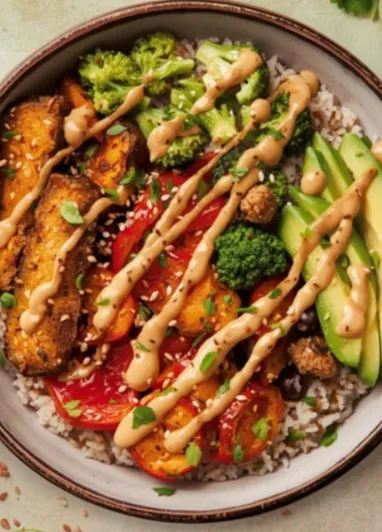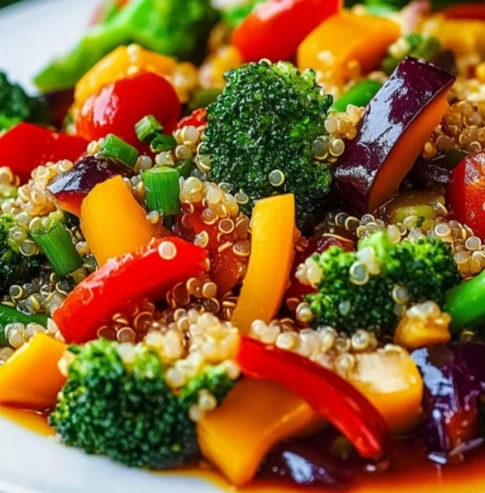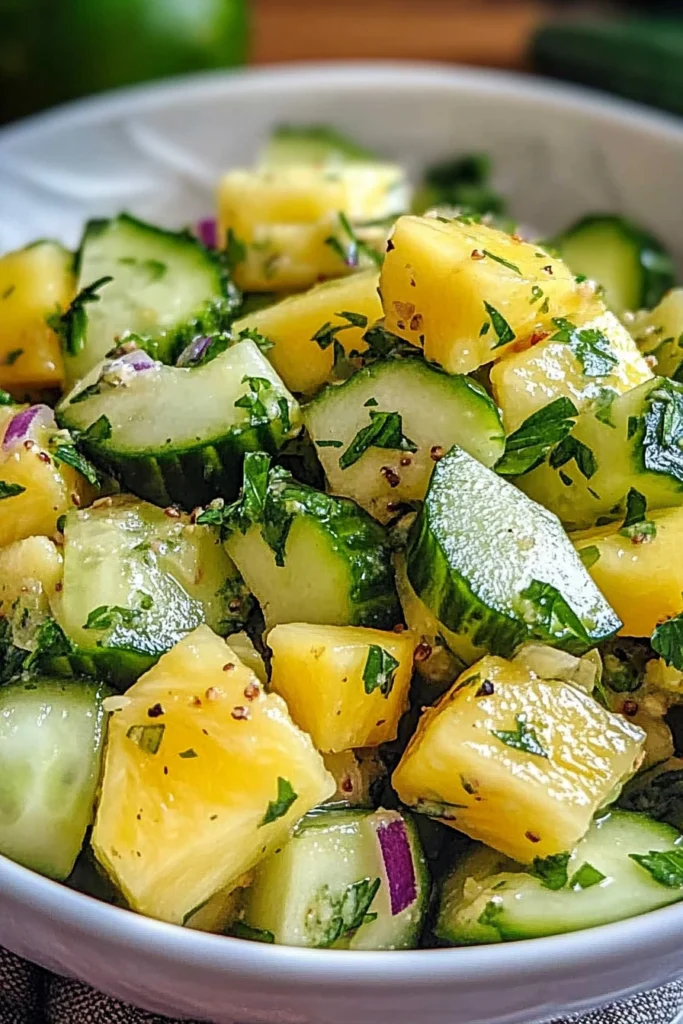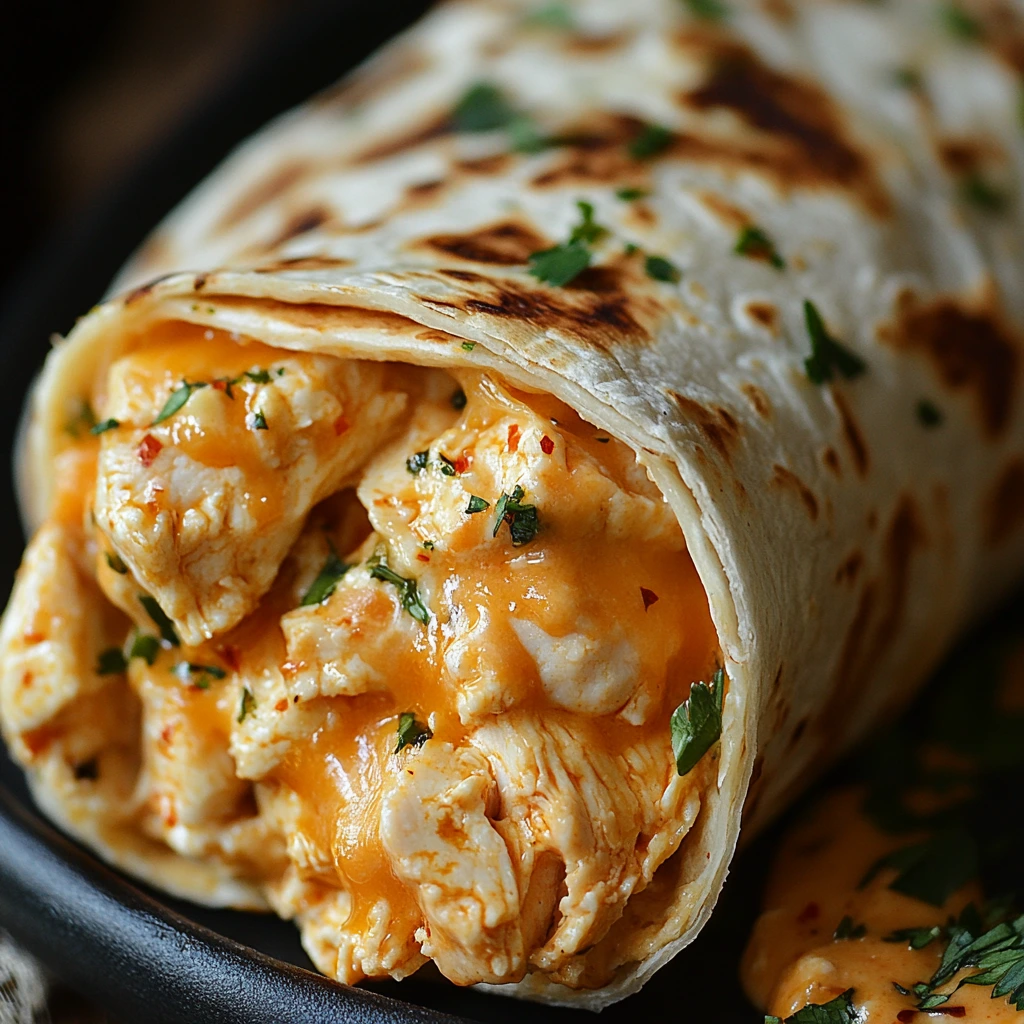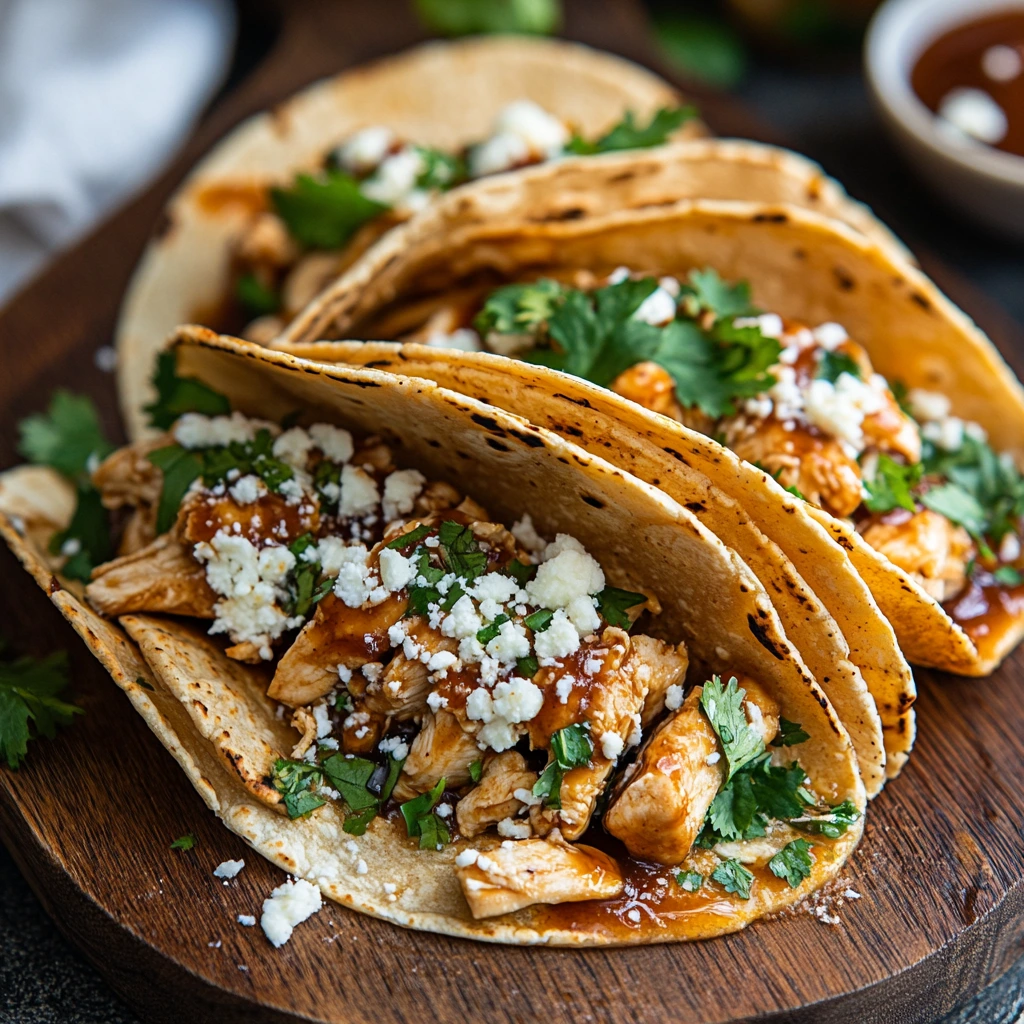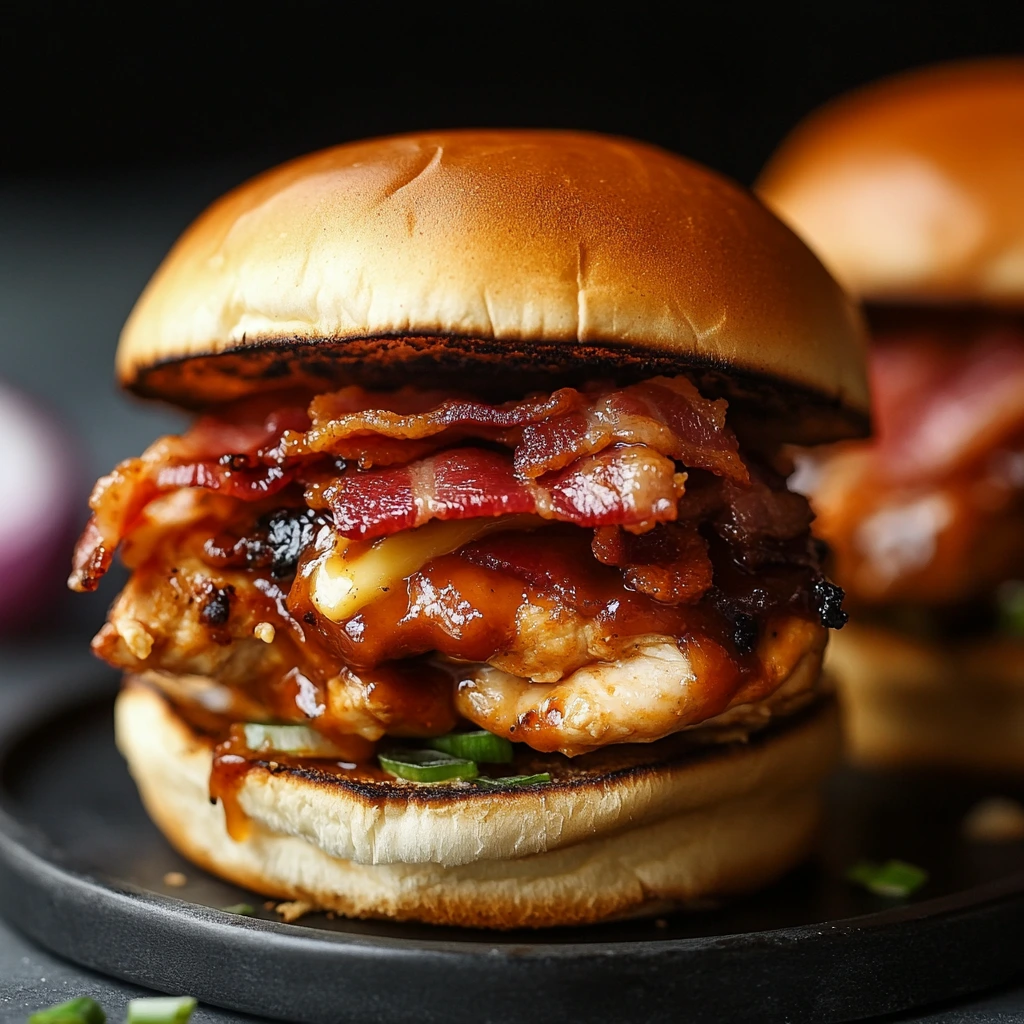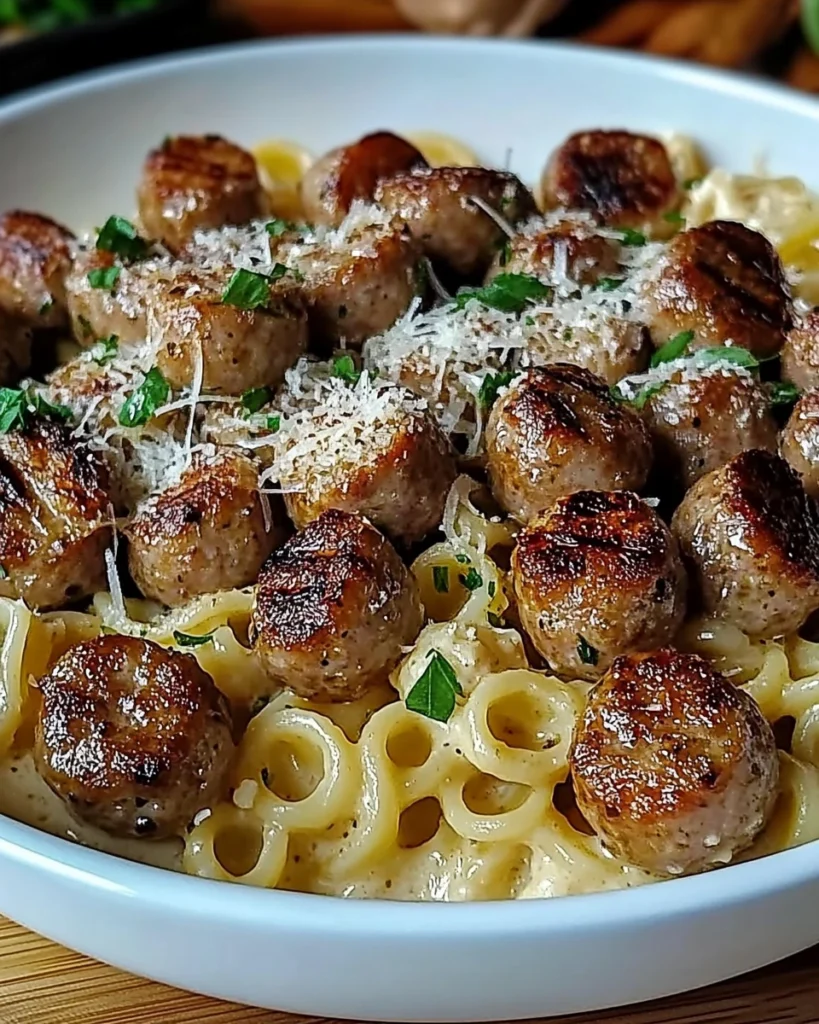In the world of wellness and mindful eating, few dishes have gained as much popularity as the Brown Rice Buddha Bowl. This vibrant, nutrient-dense meal has become a favorite among health enthusiasts, food bloggers, and anyone seeking a balanced, colorful plate that fuels the body and pleases the palate.
Whether you’re searching for a satisfying lunch, a light dinner, or a meal prep solution that keeps you energized throughout the week, the Brown Rice Buddha Bowl is a perfect choice.
In this comprehensive guide, we’ll cover everything you need to know about Brown Rice Buddha Bowls—from their origins, health benefits, and essential components to recipe variations, prep tips, and creative ways to make them your own.
What is a Buddha Bowl?
A Buddha Bowl is a one-bowl meal filled with a variety of wholesome, plant-based ingredients. Traditionally, it combines:
- A whole grain (like brown rice, quinoa, or farro)
- A protein source (beans, tofu, tempeh, chickpeas, eggs, or lean meat)
- A variety of vegetables (roasted, steamed, or raw)
- A flavorful dressing or sauce
The name “Buddha Bowl” comes from the idea of a bowl that’s abundant and balanced, often said to resemble the rounded belly of a Buddha statue. It represents balance, mindfulness, and nourishment.
When made with brown rice as the base, the bowl offers a hearty, fiber-rich foundation that complements fresh vegetables and proteins beautifully.
Why Brown Rice for Your Buddha Bowl?
While quinoa and white rice are common bases, brown rice offers unique health benefits:
- Rich in Fiber: Helps regulate digestion and promotes satiety.
- Low Glycemic Index: Keeps blood sugar stable, making it ideal for diabetics or those monitoring sugar intake.
- Packed with Nutrients: Contains magnesium, selenium, B vitamins, and antioxidants.
- Naturally Gluten-Free: Perfect for those with gluten sensitivities.
- Nutty Flavor & Chewy Texture: Adds depth and chewiness that enhances the bowl’s overall experience.
Switching to brown rice in your Buddha Bowl makes your meal more nourishing and satisfying without sacrificing taste.
Components of the Perfect Brown Rice Buddha Bowl
Creating a delicious and balanced bowl is about combining textures, flavors, and nutrients. Here’s a breakdown:
1. Base (Whole Grain)
- Brown rice (short grain or long grain)
- Wild rice blend
- Black rice for a dramatic twist
2. Protein Source
- Plant-based: Chickpeas, lentils, tofu, tempeh, black beans
- Animal-based: Grilled chicken, salmon, eggs, turkey slices
3. Vegetables (Colorful & Varied)
- Roasted: Sweet potatoes, carrots, Brussels sprouts, zucchini
- Fresh/raw: Spinach, kale, cucumber, shredded cabbage, cherry tomatoes
- Steamed: Broccoli, green beans, edamame
4. Healthy Fats
- Avocado slices
- Tahini
- Nuts and seeds (almonds, sunflower seeds, sesame seeds)
5. Flavor Boosters & Garnishes
- Fresh herbs (cilantro, parsley, mint)
- Pickled veggies (kimchi, pickled radish)
- Microgreens or sprouts
6. Dressing / Sauce
- Classic tahini lemon sauce
- Peanut or almond butter sauce
- Soy-ginger dressing
- Creamy avocado-lime sauce
By mixing and matching, you can create endless flavor profiles for your Brown Rice Buddha Bowl.
Health Benefits of Brown Rice Buddha Bowls
These bowls aren’t just pretty—they’re nutritional powerhouses. Here’s what makes them a go-to meal for wellness:
- High in Fiber: Promotes digestion and satiety.
- Balanced Macronutrients: Carbs (rice), proteins, fats, and micronutrients.
- Supports Weight Management: Keeps you full longer without unnecessary calories.
- Heart Healthy: Brown rice is linked to reduced risk of cardiovascular disease.
- Supports Plant-Based Diets: A versatile choice for vegans, vegetarians, or flexitarians.
How to Make a Brown Rice Buddha Bowl: Step-by-Step
1: Cook the Brown Rice
- Rinse 1 cup of brown rice.
- Cook with 2 ½ cups water or broth until fluffy (about 40 minutes).
2: Prep Your Protein
- Roast chickpeas with olive oil & paprika.
- Pan-fry tofu with soy sauce & sesame oil.
- Grill chicken breast with garlic & herbs.
3: Roast or Steam Vegetables
- Toss veggies in olive oil, salt, and pepper.
- Roast at 200°C (400°F) for 25–30 minutes.
4: Prepare Dressing
- Blend tahini, lemon juice, garlic, and water until creamy.
5: Assemble the Bowl
- Layer rice at the bottom.
- Add protein, vegetables, avocado, and garnish.
- Drizzle with dressing.
Flavor Variations of Brown Rice Buddha Bowls
- Mediterranean Bowl
- Brown rice, roasted chickpeas, cucumbers, olives, cherry tomatoes, hummus, tahini sauce.
- Asian-Inspired Bowl
- Brown rice, edamame, sesame tofu, carrots, cucumber, soy-ginger dressing.
- Mexican Bowl
- Brown rice, black beans, corn, avocado, salsa, grilled chicken, cilantro-lime dressing.
- Winter Comfort Bowl
- Brown rice, roasted sweet potatoes, Brussels sprouts, lentils, maple-tahini sauce.
- Protein-Packed Athlete’s Bowl
- Brown rice, salmon or chicken, steamed broccoli, eggs, avocado, nut-based dressing.
Meal Prep Tips for Busy Weeks
The Brown Rice Buddha Bowl is perfect for meal prep:
- Cook a large batch of brown rice and refrigerate for up to 5 days.
- Pre-roast vegetables and store in airtight containers.
- Keep sauces in jars for quick assembly.
- Mix and match for variety throughout the week.
Pro tip: Assemble bowls in mason jars for grab-and-go lunches.
FAQs about Brown Rice Buddha Bowls
1. Can I use white rice instead of brown rice?
Yes, but brown rice provides more fiber and nutrients.
2. Are Buddha Bowls always vegan?
Not necessarily. While many are plant-based, you can include lean meats or fish.
3. Can I make them ahead of time?
Yes, but store dressing separately until ready to eat.
4. Is this dish gluten-free?
Yes, as long as your sauces and add-ins are gluten-free.
5. Can kids enjoy this meal?
Absolutely! Customize toppings based on their preferences.
Conclusion: Why You Should Try a Brown Rice Buddha Bowl
The Brown Rice Buddha Bowl is more than just a trendy meal—it’s a lifestyle choice that promotes balance, wellness, and flavor in every bite. With endless customization, it adapts to your tastes, dietary needs, and busy schedule.

